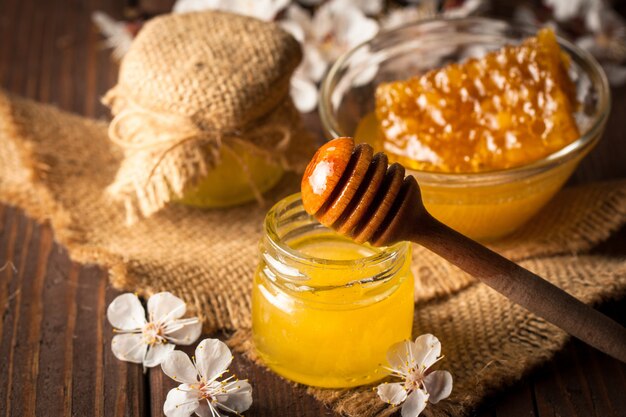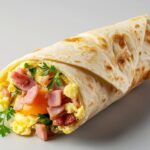Children are more vulnerable to certain foods that adults might consume without a second thought. Some foods pose choking hazards, while others can cause serious health issues due to their toxins, allergens, or harmful compounds. It’s crucial for parents and caregivers to be aware of these potential risks to prevent accidental poisoning or harm. Here are 10 foods that can be dangerous or even poisonous for children.
1. Raw Honey
Raw honey may contain spores of Clostridium botulinum, which can cause botulism in infants and young children under one year of age. Botulism is a serious illness that can lead to muscle weakness and breathing difficulties. To keep children safe, avoid giving them raw honey until after their first birthday.
2. Uncooked Eggs
Raw or undercooked eggs may contain Salmonella bacteria, which can lead to food poisoning in children. Symptoms of salmonella poisoning include diarrhea, fever, and stomach cramps. Ensure eggs are thoroughly cooked before serving them to young children.
3. Whole Grapes
Grapes, while nutritious, can be a choking hazard for small children due to their size and shape. Whole grapes can easily block a child’s airway. Always cut grapes into smaller pieces or opt for other bite-sized fruits to prevent choking.
4. Unpasteurized Milk and Dairy Products
Unpasteurized (raw) milk and other dairy products can carry harmful bacteria such as E. coli, Salmonella, and Listeria. These bacteria can cause severe illness in children, including gastrointestinal issues, fever, and dehydration. Always choose pasteurized milk and dairy products for your child’s safety.
5. Certain Fish (High in Mercury)
Fish is a great source of nutrients, but some varieties, such as swordfish, king mackerel, and shark, contain high levels of mercury, which can be toxic to children’s developing nervous systems. Opt for fish with low mercury levels like salmon, sardines, and tilapia, which are safer for kids.
6. Peanuts and Other Nuts
Whole peanuts and some other nuts can be a choking hazard for young children. In addition, peanuts are a common allergen, and peanut allergies can cause severe reactions, including anaphylaxis. If you plan to introduce peanuts or nut products, consult with your pediatrician about the best time to do so and ensure the nuts are finely ground or in butter form.
7. Raw Dough
Raw dough, especially if it contains uncooked flour or eggs, can expose children to harmful bacteria like E. coli and Salmonella. Additionally, ingesting raw dough can expand in the stomach, causing bloating and discomfort. Always bake or cook dough thoroughly before allowing children to consume it.
8. Green Potatoes
Green potatoes contain a compound called solanine, which can be toxic if consumed in large quantities. Solanine can cause nausea, vomiting, and headaches. To keep children safe, discard any potatoes that have green patches or are sprouting, as they contain higher levels of solanine.
9. Caffeine
Caffeine, commonly found in soda, energy drinks, chocolate, and certain teas, can have negative effects on a child’s developing nervous system. High doses of caffeine can lead to symptoms like jitteriness, rapid heart rate, and sleep disturbances. It’s best to keep caffeinated foods and drinks out of a child’s diet.
10. Hot Dogs
Hot dogs are one of the most common choking hazards for children under the age of 5 due to their cylindrical shape. If serving hot dogs to young kids, make sure to cut them into small, bite-sized pieces to reduce the risk of choking.
While many of these foods are harmless to adults, they can pose serious risks to children due to their age, size, and developing systems. By being mindful of the potential dangers associated with these foods, parents and caregivers can help keep children safe and healthy. Always supervise your child during meals and snacks, and when in doubt, consult with a healthcare professional to determine when certain foods are safe to introduce.








